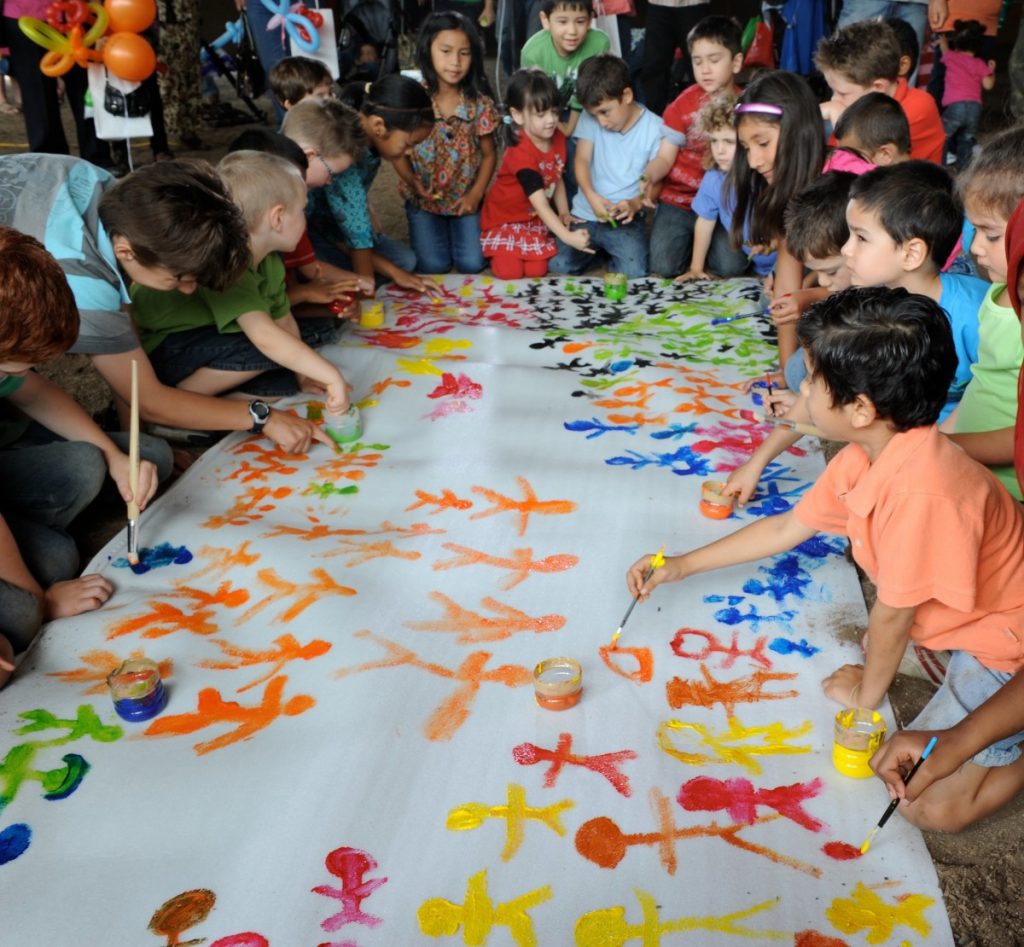Why supporting EAL is not all about cultural diversity
Many practitioners will have some experience of working with children who have English as an Additional Language and can offer strategies on how to support them; however there is much dispute on the value of support offered to bilingual children in the Early Years. The most common strategies are the use of multicultural resources such as ‘Welcome’ posters and using labels around the setting in a range of languages, yet it can be argued that these resources are ‘tokenistic’ and have no substantial benefit to a child’s language development.
What is EAL?
English as an Additional Language is a term used for those who do not speak English as their first and home language. Children and families who have EAL may be bilingual and speaking two languages or multilingual and speaking more than two languages.
The number of children who have EAL and live in England is increasing each year and putting an added pressure onto those who work in the Early Years sector. Many Early Years practitioners find it difficult to communicate with children who have little or no English, causing a barrier between the setting and the child and their family. It is important to ensure every child has the opportunity to access the same resources, support and relationships; whilst supporting the child’s home language and building English speaking skills.
What is cultural diversity?
All Early Years settings must ensure their policies and procedures support every child and promote cultural diversity at all times. All children are entitled to celebrate their cultural background and use their home language freely in the setting, without discrimination. Many settings will promote a diverse learning environment by offering a range of resources from a number of countries and cultures. This may be different cultural dress in the role play area, food tasting sessions using food from different countries or having puppets or dolls with different ethnicity. Promoting children’s individual backgrounds will support their self image and confidence, whilst encouraging the British Values in accepting and celebrating the differences between one another.
Does cultural diversity impact on EAL children’s language development?
Promoting cultural diversity within the setting will undoubtedly impact on the outcomes of all children however many practitioners may get confused about why they are offering particular resources. It is a good idea to think about the impact of each resources, how it will benefit the child and how this can be used to support development. Items that are used in an Early Years environment to promote the range of languages such as “Welcome” posters or labels on displays are a lovely way to ensure the environment can be accessed and understood by those who have EAL; however these will only be beneficial to children who are old enough to read and adults. The resources should also be specific to the linguistic needs of your setting as many of these are generic and will offer a large number of languages, yet you may find some children are not catered for.
Resources, such as the ones mentioned previously, can help a child to feel involved and part of the setting. This can of course impact positively on the relationships that are built between peers and practitioners; yet these do not effectively build directly on the communication abilities of a child with EAL. In order to positively build communication with children who have little or no English, strategies such as Makaton are far more effective. Visual communication allows a child with EAL to join in and communicate without the pressure of having to use language. It is vital that not only a child’s home language is encouraged and promoted at nursery through linguistic resources, but the child is also encouraged to learn English. Bilingual children with require the English speaking and writing skills in order to fully participate and learn in the community.
Some settings can put too much pressure on themselves to promote a culturally diverse environment, forgetting the impact that is had on children and families with EAL. It is important to ensure you find the right balance between promoting cultural diversity and effectively supporting EAL language skills in your setting.

